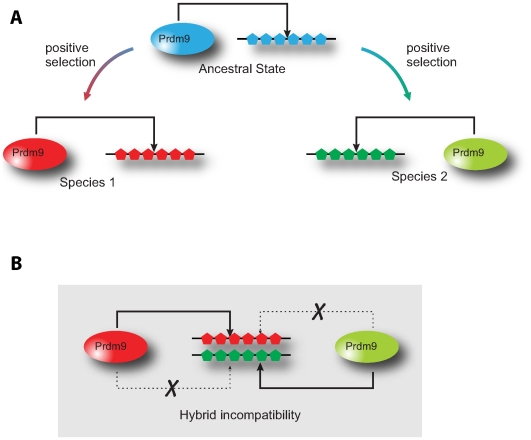Figure 7. A novel satellite–DNA binding model for Prdm9 in hybrid sterility.
(A) Prdm9 could serve as a satellite-DNA binding protein that facilitates its heterochromatinization. Hybrid sterility ensues when the sterility-associated Prdm9 protein (blue) cannot bind to “newly expanded” satellite DNA repeats (red or green) potentially at pericentric regions of chromosomes that arose due to centromere-drive [63]. (B) Under this model, in isolated populations, satellite–DNAs diverge quickly by “centromere-drive” and Prdm9 DNA–binding specificity evolves rapidly to suppress this drive. However, in hybrid males, inappropriate localization of Prdm9 to diverged DNA–binding satellites from other species would result in either inappropriate chromosome condensation (as shown) or compromised centromere function (not shown), either of which would result in male sterility.

